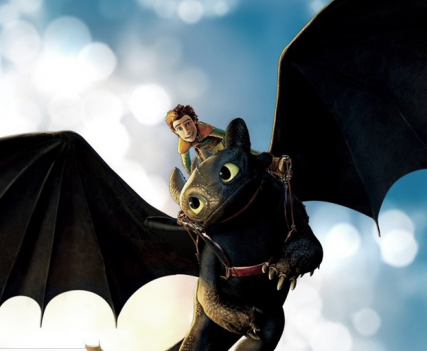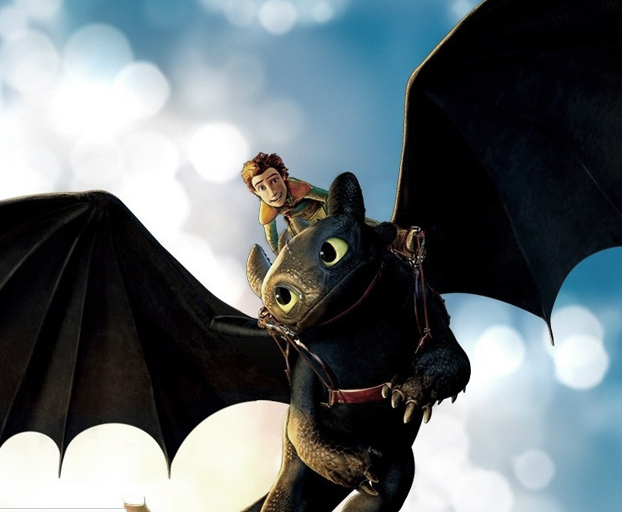We’ve heard it so many times that it almost doesn’t surprise us anymore: girls today relentlessly encounter slimmed-down, sexed-up, and princess-ified role models in the movies and toys they consume.
Even when the princesses are powerful instead of passive (Merida in Brave is certainly no Sleeping Beauty), they are extremely thin and very beautiful, not to mention able-bodied and quick-witted.
In other words, they’ve got it all.
My concern over these messages is largely theorical, though, because I have sons, not daughters. Sons, who, like me, were born with a genetic condition affecting their bone and muscle strength. Sons, who, like me, are not very tall or physically strong — and who may never grow particularly tall or particularly strong.
Most of the narratives aimed at them — the stories and toys they most enjoy — involve heroes that are tall and strong. Take a look at what the men — at least, the heroic men — in Disney movies look like. Look at the muscles on the guys from DC and Marvel comics. If someone like Peter Parker starts out skinny and weak, he’ll get a size and strength makeover before becoming Spiderman.

Hiccup & Toothless in flight. Photo courtesy Brett Jordan via Flickr Creative Commons.
The animated movie (and Cartoon Network spin-off) How to Train Your Dragon has become one of my boys’ favorites, and I think that’s in no small part due to the fact that the hero, Hiccup, is much skinnier and smaller than all his peers (in one of the television episodes, we learn that the community uses “Hiccup” as an affectionate term for “runt”) and, further, has wildly different interests and inclinations.
They want to slay dragons. He wants to befriend them — and does.
They accept tradition. He constantly challenges it.
In an episode we watched recently, Hiccup stood with his father, Stoick the Vast (the chief of the village) for the traditional “chief and his son” portrait. The portrait artist, in order to please Stoick — and to conform to customary expectations — paints Hiccup as a brawny, beefy chap: a guy who looks like everyone else. And of course, everyone is pleased. Except for Hiccup.
We don’t need to get into the twists and turns of the twenty-minute cartoon plot — it’s sufficient to say that by the end, Stoick commissions a new portrait — one that represents Hiccup as the skinny, brilliant, creative, irrepressible and unique boy that he is. I looked at my own skinny, irrepressible and unique boys. We chatted about the episode. Even my five-year-old got the message:
It’s okay to be different. In fact, it’s more than okay. It’s great. And it’s best of all to be who you are.
And so when I hear the boys humming the theme music from How to Train Your Dragon, I smile, and wonder when the story-makers will make another Hiccup.





